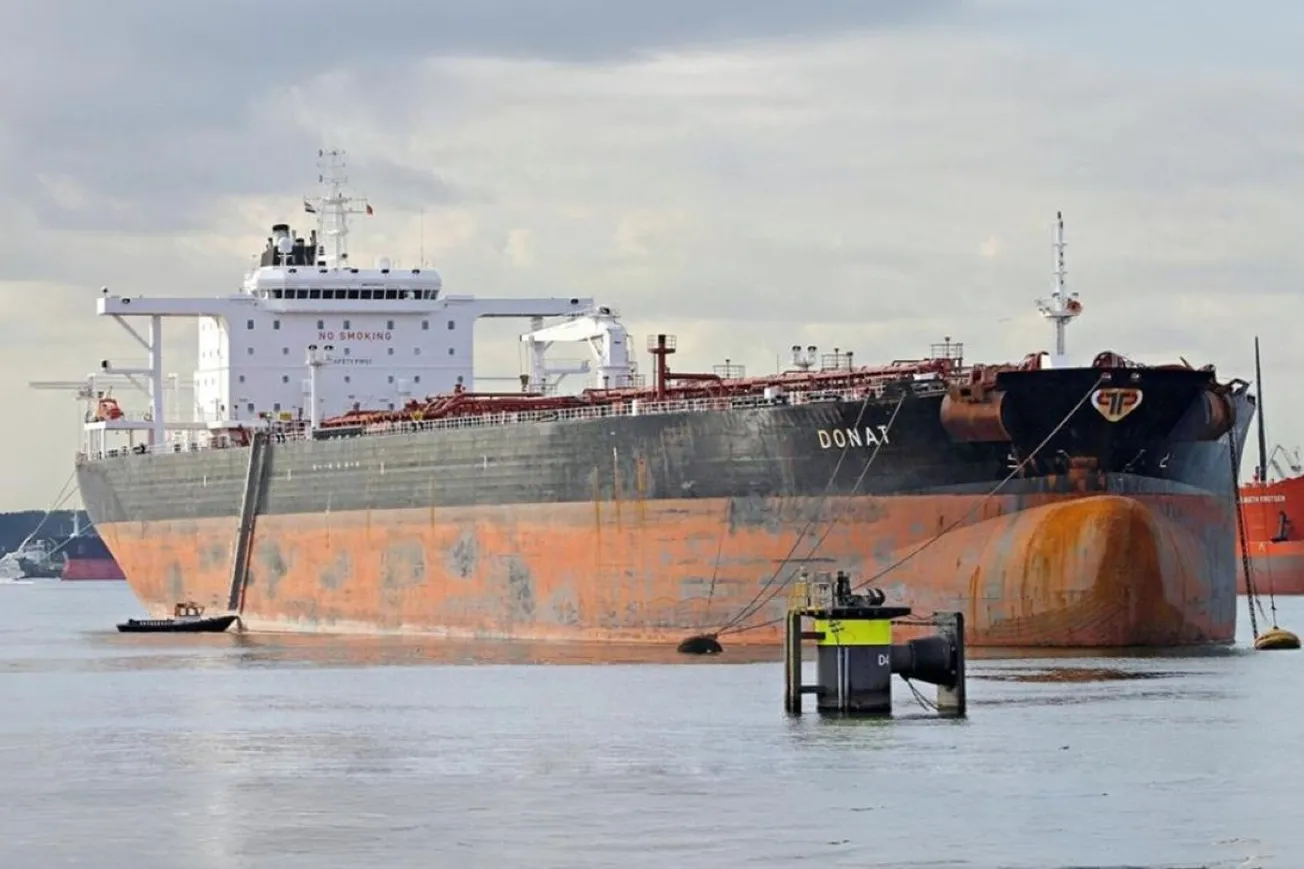By David Wojick, CFACT |January 22nd, 2025
Last month I analyzed various holes in the draft federal California Programmatic EIS (PEIS) for offshore wind. See. Now a new report shows that these seemingly big holes are tiny compared to the yawning Programmatic EIS gap created by the Federal Action Plan for West Coast offshore wind development.
To begin with the full California Program is huge compared to the measly five leases covered by the so-called California PEIS. The document I wrote about would be better called the Starter Kit EIS. Plus there is a lot of development off of Oregon and Washington.
I earlier pointed out that the PEIS document did not address the cumulative impact of those five leases; it just looked at the generic impact of one lease. But what is really Missing In Action is an environmental impact assessment for the entire West Coast Program.
The new report bears the long title: “AN ACTION PLAN FOR Offshore Wind Transmission Development in the U.S. West Coast Region” (all caps in the original).
The Action Plan is a conceptual design for transmission of offshore generation but in order to do that design you have to know where the generation is so that is included in considerable detail.
Instead of the just five leases considered in the present draft EIS the Action Plan includes about one hundred leases by 2035. These typically occur in clusters of from 5 to 20 leases. Moreover while the total generating capacity for 2035 is 15,000 MW this grows to 33,000 MW in 2050.
Each lease contains numerous huge floating turbines each anchored to the sea floor thousands of feet below with multiple mooring lines. So the environmental impact of each cluster is potentially enormous.
Even worse a series of these clusters basically line the coast especially in Northern California and Southern Oregon. Migrating species might encounter and be adversely affected by this entire series.
The list of endangered or protected species that are threatened is quite long. As I pointed out in my prior article these massive 3D cable arrays are a new form of harassment under the Marine Mammal Protection Act. There are also endangered sea turtles, giant rays, etc., in jeopardy.
The PEIS says a single turbine floater can require up to 12 mooring lines to keep it stable and in place in heavy weather. Assuming 15 MW turbines with a dozen lines each the 15,000 MW development would have 12,000 mooring lines. The 33,000 MW case would have a staggering 26,400 mooring lines, many over 4,000 feet long.
We are talking about thousands of square miles of deep ocean literally filled with webs of cables. Harassment is defined by the Marine Mammal Protection Act as causing behavioral change on a protected animal’s part and these monstrous webs will certainly do that. This very large scale continuous harassment should be carefully assessed.
The PEIS also briefly mentions the threat of “secondary entanglement” in the nets, lines and other debris that are caught on these cables over time. The potential adverse effects of this deadly accumulation needs to be assessed in detail before any offshore projects are approved.
The clear solution to these mooring line threats is to severely constrain the number of harassment authorizations. With these very limited authorizations very few new offshore wind projects can be built. Nor should they be since they are environmentally destructive. Each project requires a large number of authorizations so drastically reducing their number drastically reduces the number of offshore wind projects.
The simplest way to do this is to cap the total number of wind authorizations that will be issued throughout the Program for a given exposed population. This is analogous to capping the emission of dangerous pollutants. One could even have a cap and trade program where developers bid for authorizations just as they now bid for leases. The 1990 cap and trade program for power plant sulfur dioxide emissions is an obvious analog.
If the cumulative harassment were limited to say 10% of the exposed population of each threatened species this would severely constrain offshore wind development.
In summary the so-called California Programmatic Environmental Impact Statement is nothing of the kind. The full Offshore Wind Program needs to be assessed for the entire West Coast before any project is approved for construction. This required assessment is Missing in Action.
Based on this assessment the cumulative impacts then have to be minimized. Capping the authorized harassment of each threatened species may be the best way to avoid destructive impacts.
David Wojick, Ph.D. is an inDr. David Wojick is an independent policy analyst and senior advisor to CFACT.
Original article link









